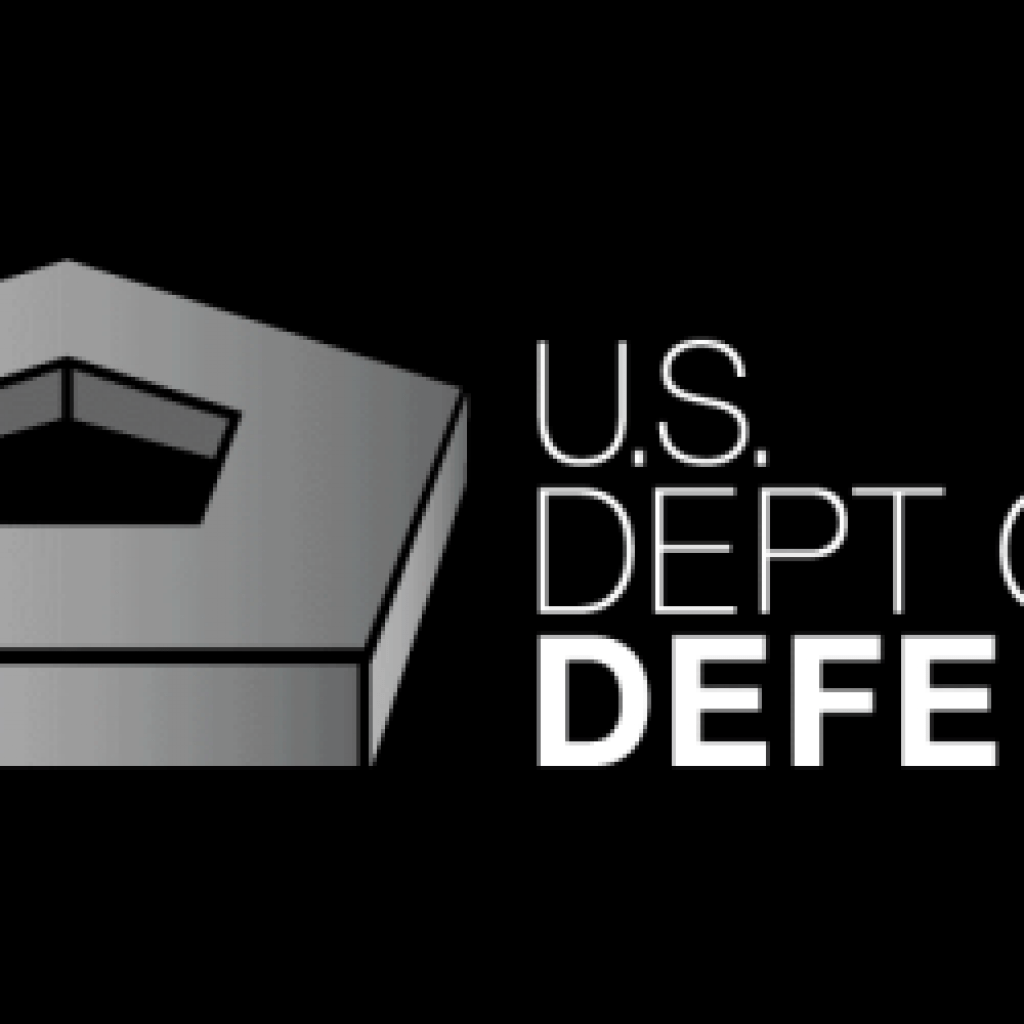(AIP.org) Over the past three years, the Department of Defense’s budget for Research, Development, Test, and Evaluation (RDT&E) programs has surged to a historic high, growing 36 percent since fiscal year 2016 to $96 billion this year. This growth would continue under President Trump’s budget request for fiscal year 2020, with the RDT&E budget rising 9 percent above the current level to about $104 billion.
When rolling out the budget request, DOD officials stressed that the record amount of RDT&E spending is shaped by modernization priorities identified in the National Defense Strategy. DOD officials have also pointed to the increasing technological sophistication of China and Russia in key areas as reflecting a return to “great power competition” that requires the U.S. to reconsider its R&D investments.These efforts have been guided by Mike Griffin, who was confirmed to the newly created position of under secretary of defense for research and engineering in February 2018. Griffin has structured his office around these modernization priorities. In testimony at a House Armed Services Committee hearing on March 28, Griffin summarized DOD’s current approach to investing in these technologies.
Spending on quantum R&D is spread across many programs and a total amount is not reported. According to Griffin, the department is focusing on developing timing and sensing technologies, while also contributing to interagency efforts in quantum computing. He contrasted the “media hype” surrounding quantum computing with the “justifiable optimism that quantum clocks, magnetometers, and inertial navigation sensors could be available in a few years.”
Under Secretary of Defense: DOD Focusing on Quantum Timing & Sensing Technologies & Contributing to Interagency Efforts in Quantum Computing
